Japanese apples, known as “ringo,” are some of the finest fruits you can find. It offers a perfect blend of sweetness, crispness, and juiciness. With varieties like Fuji and Tsugaru, Japanese apples are enjoyed worldwide for their exceptional taste and quality. This article will explore the unique methods behind their cultivation, the different types available, and why these apples stand out. Whether you’re an apple lover or curious about Japan’s fruit culture, keep reading to discover what makes Japanese apples so special.
What is Japanese apple?
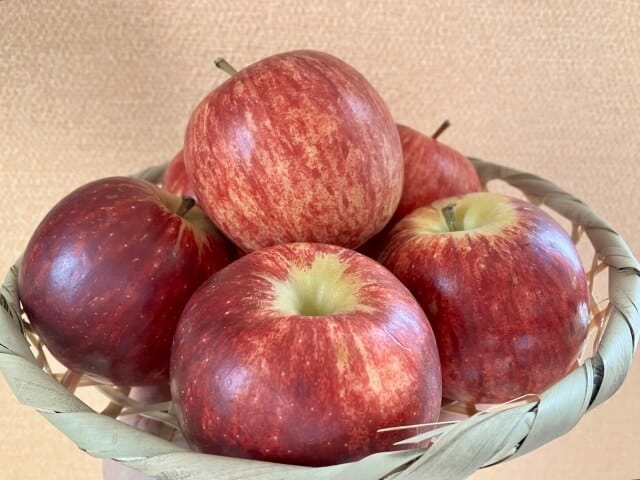
In Japan, the term “りんご” (ringo) refers to apples, which are a popular fruit widely grown and consumed in the country. Japanese apple are known for their high quality, sweetness, and crisp texture. Apples, one of the oldest fruits eaten by humans, have been cultivated in Japan since the Meiji period. They’re popular worldwide because they’re nutritious, easy to eat, and low in calories. The saying “an apple a day keeps the doctor away” reflects their health benefits. To get the most out of apples, it’s best to eat them with the skin on, as it’s rich in dietary fiber.
History of Japanese apple
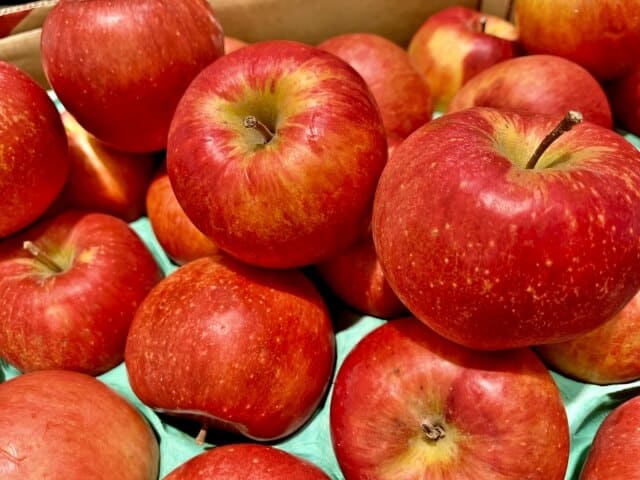
Apple cultivation began in prehistoric times, spreading from the Tian Shan Mountains in China and the Caucasus region to Europe and the Americas. Apples were first grown during the Neolithic period, with evidence of their use dating back about 8,000 years. By 1300 BC, orchards existed in the Nile Delta, and ancient Greek and Roman texts described apple varieties and cultivation methods. In America, European immigrants brought various apple seeds and used them to grow new varieties. Japan first encountered apples around 918 AD, but these were initially small wild varieties. Modern apple cultivation in Japan began about 130 years ago, with varieties from the United States proving suitable for cooler regions. These apples, initially called “Western apples,” eventually replaced the smaller Japanese varieties due to their superior quality and size.
Nutrition of apples
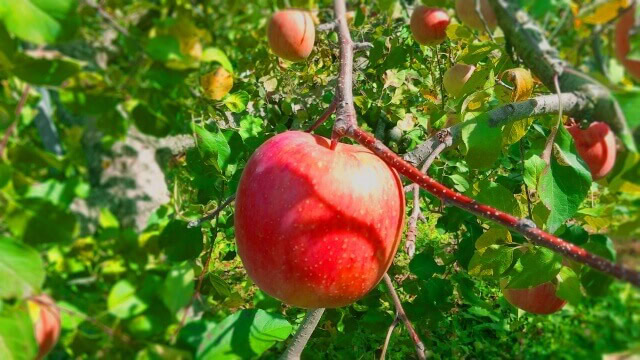
Rich organic acids such as malic acid and citric acid promote recovery from fatigue. Rich in water-soluble dietary fiber, pectin helps regulate intestines and inhibit cholesterol absorption. Apples also contain abundant polyphenols, which offer antioxidant, fat-reducing, and anti-aging benefits.
How to store apples
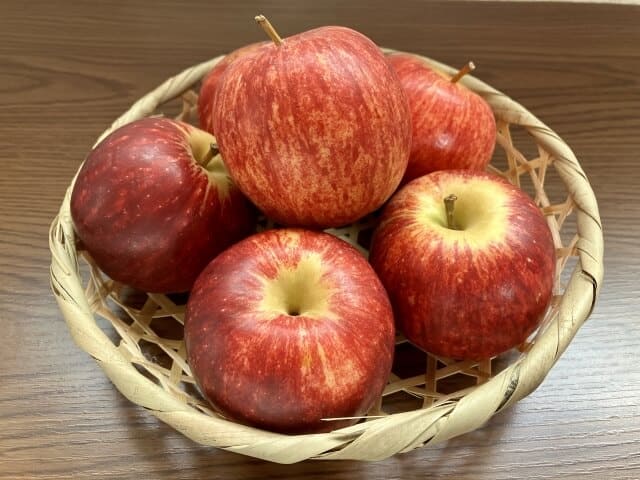
Store them in a high-humidity environment at low temperatures. Place them in a thin plastic bag or wrap them individually in plastic wrap and place them in the vegetable compartment of the refrigerator. You can store them for a long time by wrapping them in newspaper and then placing them in a plastic bag. However, be careful not to chill them too much, as this will reduce the aroma and sweetness.
Types of Japanese apple
Fuji Apples
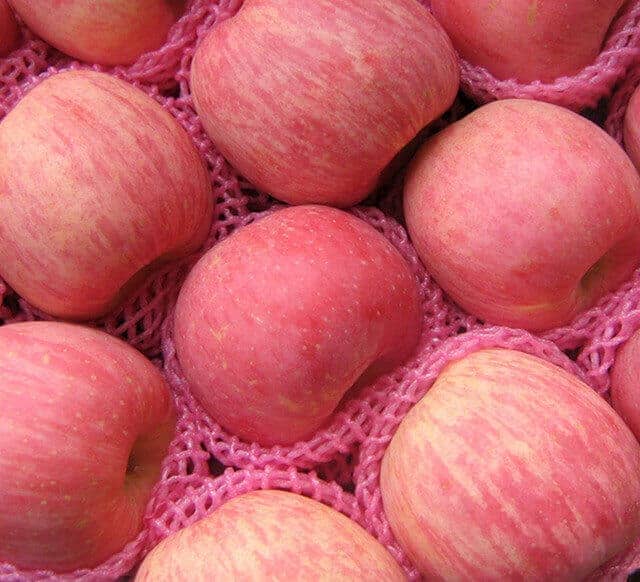
Fuji apples, which make up about 50% of Japan’s apple market, are known for their crisp texture and sweet taste. They are a crossbreed of the American Red Delicious and Ralls Janet but have developed a unique identity of their own.
Tsugaru Apples
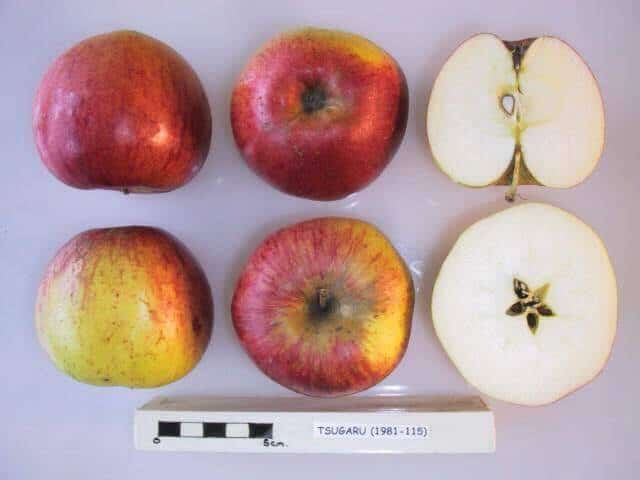
Tsugaru apples are the second most popular variety in Japan and are also from Aomori Prefecture. Developed by crossing Golden Delicious apples, they are known for their sweetness and lack of the usual apple acidity.
Orin Apples
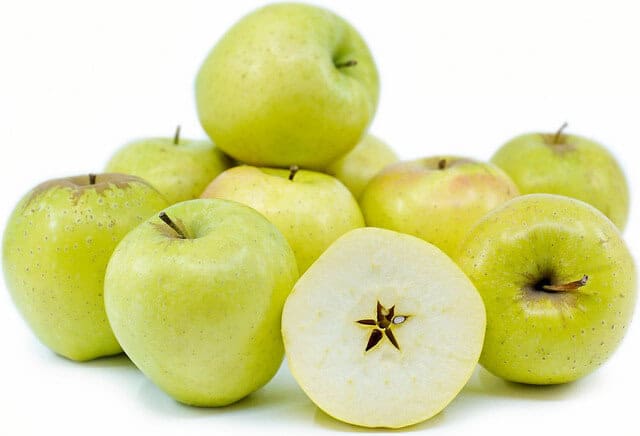
Orin apples are a large, sweet variety created by combining Golden Delicious and Indo apples. They are green-yellow in color, have a taste reminiscent of pears and pineapple, and are versatile for both eating fresh and cooking.
Mutsu Apples
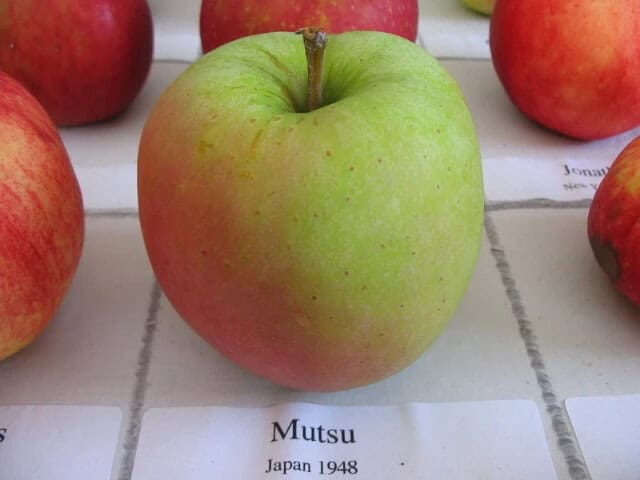
MUtsu apples, with the same parentage as Orin, are much tarter and tangier. This highlights the variability in apple hybrids, as even with similar parentage, the flavor profiles can differ significantly.
Main Japanese Apple Varieties and Seasons
Tsugaru
- Season: Late August to mid-September
-
Characteristics:
- An early variety harvested from late summer to early autumn.
- Strong sweetness with low acidity, making it very palatable.
- Soft and juicy flesh with a refreshing taste.
- Best enjoyed fresh.
Early Fuji
- Season: Early to mid-October
-
Characteristics:
- An early variety of the popular Fuji apple, harvested in early autumn.
- Well-balanced sweetness and acidity, with a rich flavor.
- Firm, crisp flesh that provides a satisfying crunch.
- Good storage qualities, allowing it to be enjoyed for a long time.
Fuji
- Season: Mid-November to late December
-
Characteristics:
- The most popular apple variety in Japan, harvested from late autumn to winter.
- Very sweet with a subtle tartness and extremely juicy.
- Firm flesh that stays crisp for a long time.
- Excellent storage quality, can be kept in the refrigerator for several months.
Orin (Oorin)
- Season: Mid-October to late November
-
Characteristics:
- Known for its yellow skin, harvested from mid to late autumn.
- Strong sweetness with low acidity, making it easy to eat.
- Fragrant with soft flesh.
- Great for eating fresh or in salads.
Jonagold
- Season: Mid-October to late November
-
Characteristics:
- A cross between Golden Delicious and Jonathan, harvested in mid to late autumn.
- Excellent balance of sweetness and acidity with a rich flavor.
- Firm, crisp flesh that offers a satisfying crunch.
- Suitable for fresh eating, cooking, and desserts.
Kogyoku (Jonathan)
- Season: Early to mid-October
-
Characteristics:
- Known for its strong tartness, harvested in early autumn.
- Bright red skin and smaller size.
- High acidity makes it ideal for cooking and baking.
- Often used in jams, pies, and compotes.
Regional Characteristics of Japanese Apple
Aomori Prefecture
Overview: Aomori Prefecture leads Japan’s apple production, contributing approximately 50% of the country’s total apple yield. The prefecture’s climate and soil favor apple cultivation. Cold winters and humid summers characterize the region’s climate, with notable temperature fluctuations between day and night. These conditions enhance the apples’ sweetness and flavor.
Notable Varieties: Fuji, Tsugaru, Orin, Jonagold, and Sekai Ichi (literally “World’s Best”) stand out among Aomori’s apple varieties.
Characteristics: Aomori apples boast substantial size, high sugar content, and exceptional storage capabilities. The balance between sweetness and acidity contributes to their widespread popularity.
Nagano Prefecture
Overview: Nagano is another significant apple-producing region in Japan, renowned for the superior quality of its apples.
The climate of the region is characterised by a wide range of temperatures, with significant fluctuations between day and night. The region exhibits a notable diurnal temperature variation, particularly in the highland areas. The temperature variation contributes to the development of a higher sugar content in the apples.
Notable Varieties: The cultivars in question are Fuji, Shinano Sweet, Shinano Gold, and Akibae.
The following characteristics are notable: Nagano apples are renowned for their crisp texture, juiciness, and well-balanced sweetness and acidity. The cool climate and fertile soil contribute to the high quality of the apples.
Iwate Prefecture
Overview: Iwate, situated within the Tohoku region, has earned renown for its apple production. The Kitakami Basin stands out as an area of particular excellence in apple cultivation.
The climate of Iwate is similar to that of Aomori, with cold winters and warm summers that allow for significant temperature differences between day and night. This climate is conducive to apple cultivation.
Notable varieties of apples grown in Iwate include Fuji, Jonagold, and Mutsu.
Yamagata Prefecture
Overview: Additionally, Yamagata is a prominent apple-producing region, renowned for its diverse fruit cultivation, including cherries and pears.
The climate of Yamagata Prefecture is characterized by a temperate climate with distinct seasons. The climate of Yamagata is temperate, with distinct seasons that facilitate the cultivation of flavorful apples.
Notable Varieties: The most prevalent varieties of apples cultivated in Yamagata Prefecture are Fuji, Jonagold, and Tsugaru.Characteristics: Yamagata apples stand out for their aesthetic appeal, showcasing vibrant hues and a lustrous sheen. They also boast high juice content and intense flavor.
Akita Prefecture
Overview: The northern Japanese prefecture of Akita produces a variety of apples with distinctive characteristics. The region’s cool climate features a significant temperature difference between day and night, enhancing the apples’ sweetness.
Notable Varieties: Fuji, Orin, and Akane stand out among Akita’s apple cultivars.
Characteristics: Akita apples boast exceptional sweetness and crisp texture. They also exhibit an attractive hue and superior quality, contributing to their reputation.
Fukushima Prefecture
Overview: Fukushima Prefecture is renowned for its diverse agricultural output, including the cultivation of premium apples.
The climate of the region is conducive to apple cultivation, with distinct seasons and a favorable balance of precipitation and sunlight. The region’s climate is conducive to apple cultivation, exhibiting distinct seasons and a favorable balance of precipitation and solar radiation.
Notable Varieties: The most prevalent varieties are Fuji, Kogyoku (Jonathan), and Tsugaru.
The characteristics of the apples grown in Fukushima are as follows: Fukushima apples are esteemed for their optimal balance of sweetness and acidity, as well as their firm and juicy texture.
Shizuoka Prefecture
Overview: Although Shizuoka Prefecture is more renowned for its tea production, it also cultivates apples, particularly in the mountainous regions.
The climate of the region is characterized by a temperate climate with mild winters and warm summers. The climate is comparatively mild, which results in a slightly different flavor profile for the apples.
Notable Varieties: The most notable varieties are Fuji, Orin, and Tsugaru.
The characteristics of the apples are as follows: The apples cultivated in Shizuoka are renowned for their sweetness and aromatic flavor. In comparison to apples originating from regions with a colder climate, these apples are observed to exhibit a slightly reduced level of firmness.
Hokkaido Prefecture
Overview: Hokkaido, the northernmost island of Japan, is also a significant apple-producing region, benefiting from its cool climate.
The climate of Hokkaido is characterized by a cool and dry climate with a significant diurnal temperature range, which is conducive to the cultivation of apples with a high sugar content. The cool and dry climate of Hokkaido, with a significant diurnal temperature range, is conducive to the cultivation of apples with a high sugar content.
Notable Varieties: The cultivars Fuji, Tsugaru, and Hokuto are particularly noteworthy.
The following characteristics are notable: Hokkaido apples are renowned for their crisp texture and sweetness. The cool climate contributes to the formation of apples with a distinctive flavor profile.
Cultivation Method
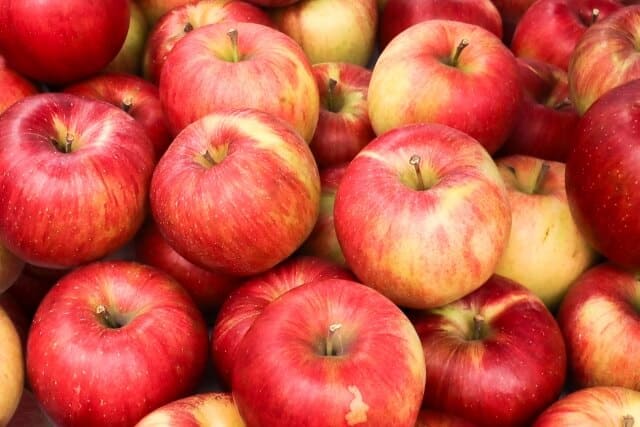
To grow high-quality apples, farmers need to carefully manage the flowering and fruit thinning processes. Farmers grow apples either with or without protective bags. Unbagged apples receive more sunlight, increasing their sugar content but reducing color. Bagged apples develop better color and storage quality. Sunlight plays a crucial role in coloring, so growers use techniques like leaf removal, fruit rotation, and reflective sheets to enhance it. Some varieties, which growers identify with “san” at the beginning of their name, grow without bags and offer exceptional sweetness despite their less appealing appearance.
FAQ
- Differences between Japanese and American apples
In Japan, red varieties of apples are mainly popular, and varieties with a strong sweetness and aroma and tight flesh, such as the Fuji, are favored. Characteristically, “honeyed” apples are considered a sign of good taste, and large, magnificent apples are highly prized.
American apples are not only red, but green varieties are also common, so much so that they have a color name, “apple green. The most popular varieties are those with a good balance of acidity and sweetness, such as Jonagold, and are suitable for use in confectionery and cooking.- Where are the main apple-growing regions in Japan?
The main production areas are cool regions such as Aomori, Nagano, and Yamagata prefectures.
Takeaway
Japanese apples, or “ringo,” are highly valued for their quality and flavor. With varieties like Fuji, Tsugaru, and Orin, they offer a range of tastes from sweet to tangy, making them a popular choice both in Japan and around the world. The cultivation methods ensure that these apples are not only delicious but also visually appealing. Whether enjoyed fresh or used in cooking, Japanese apples are a testament to the country’s dedication to producing top-notch fruit.
There are other fruits in Japan that we recommend that you should try out.
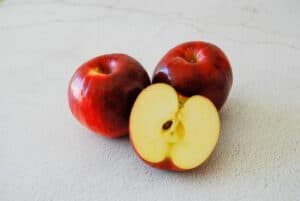
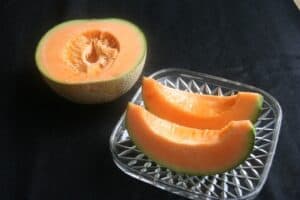
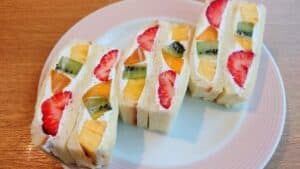
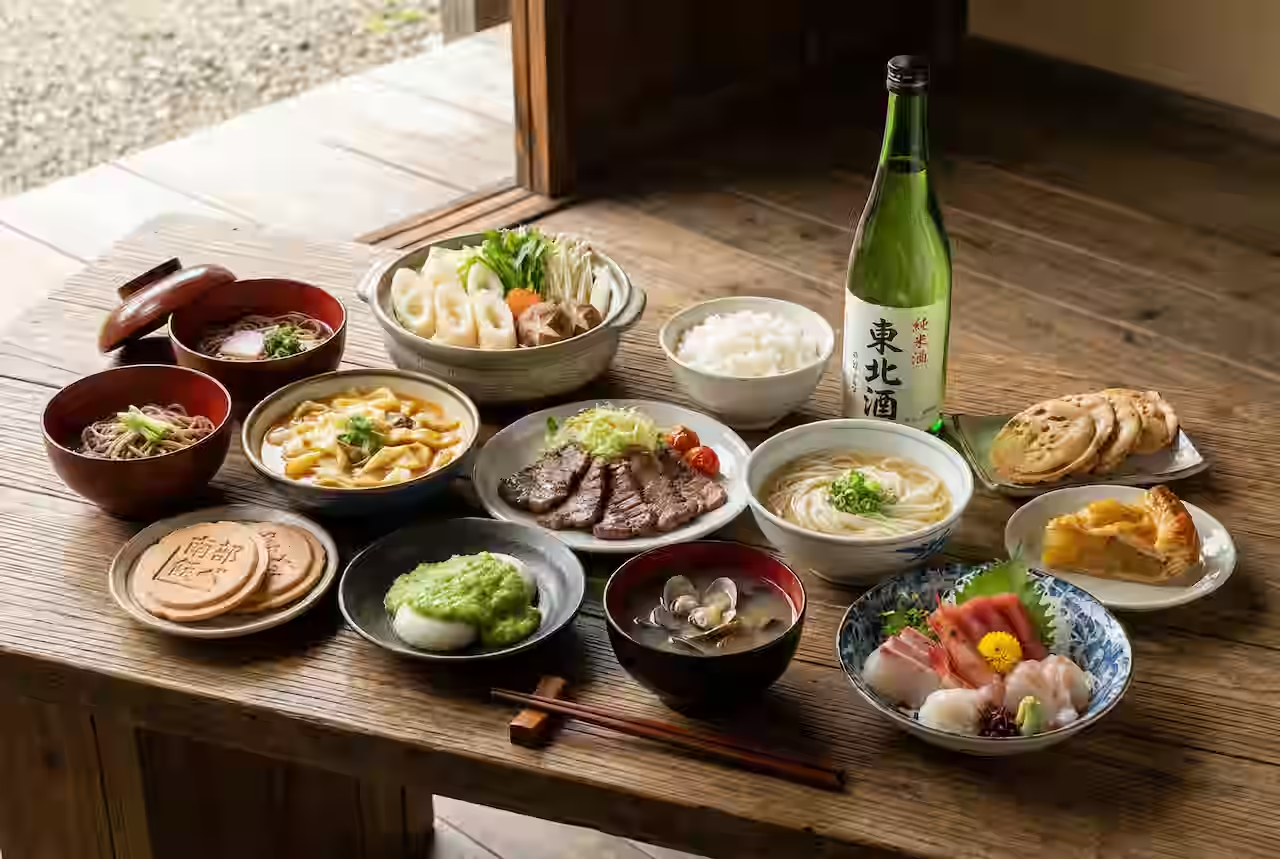

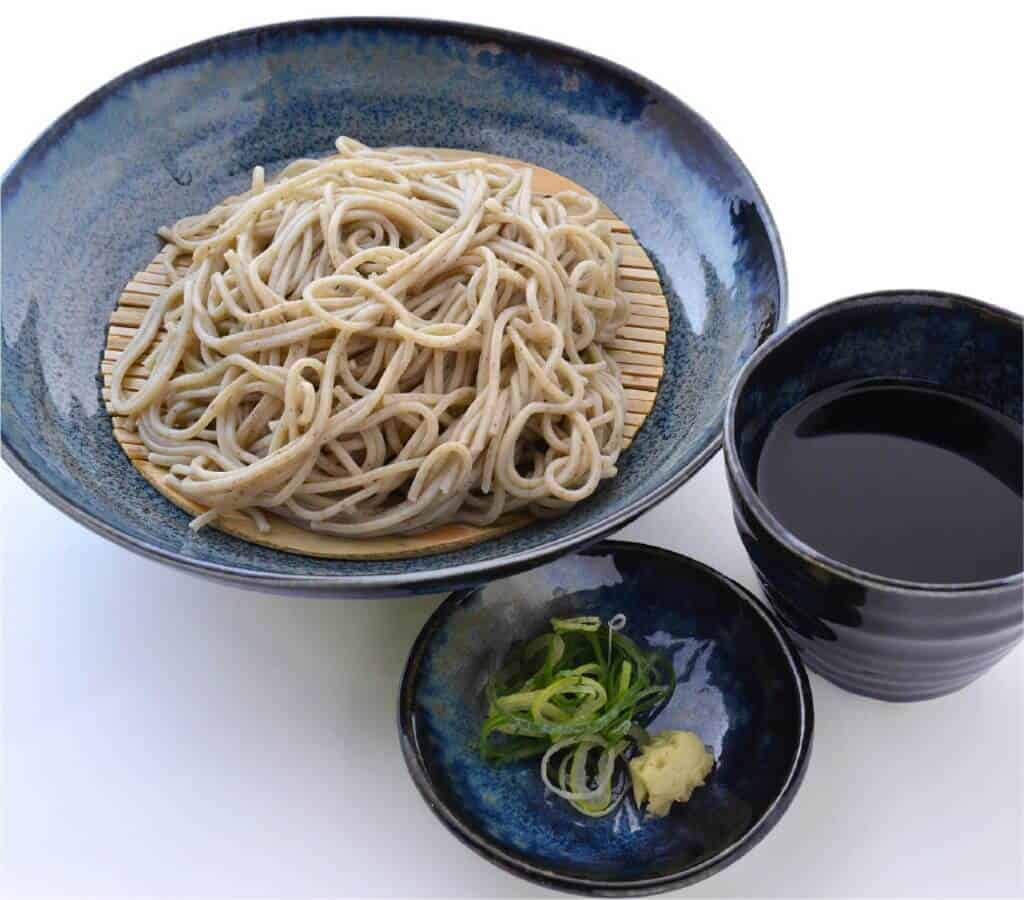
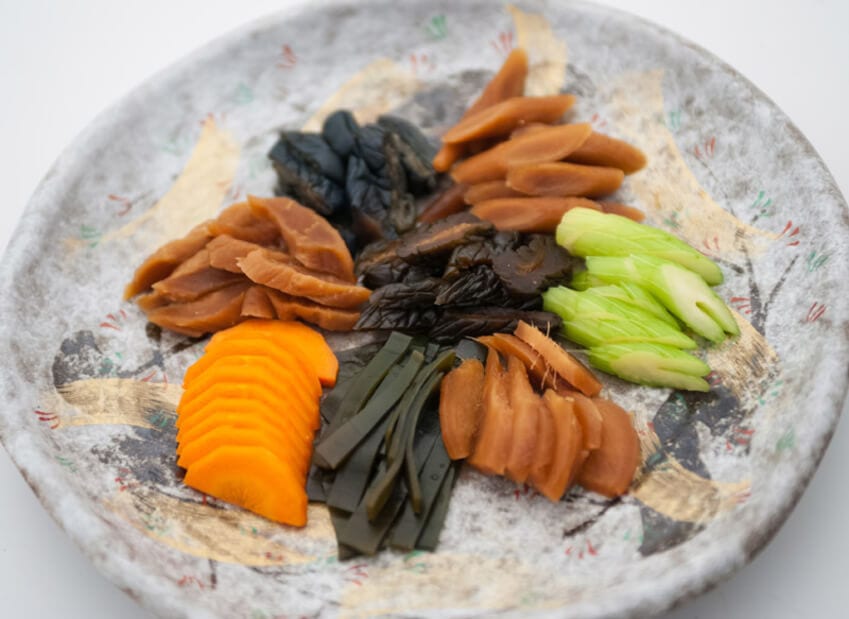
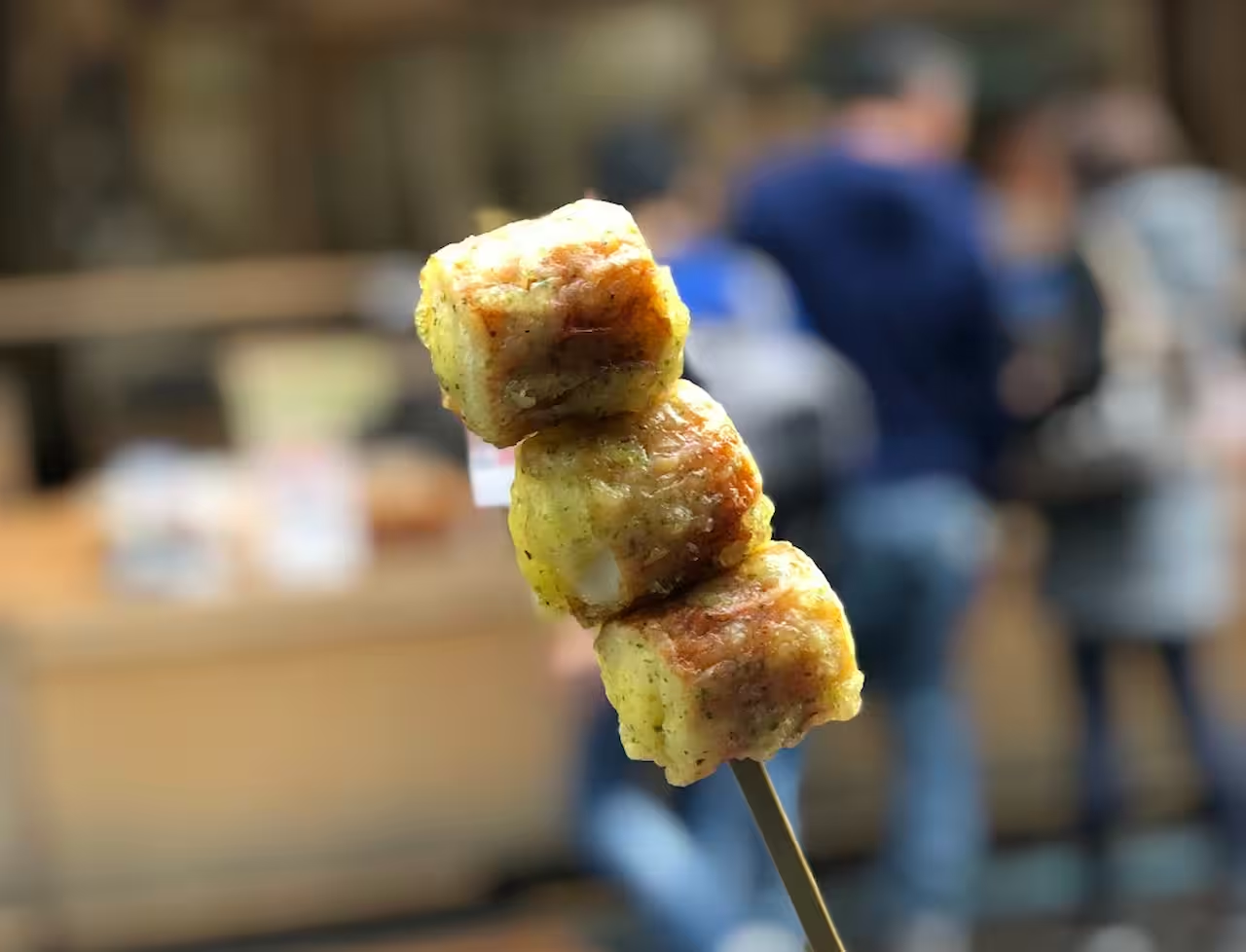

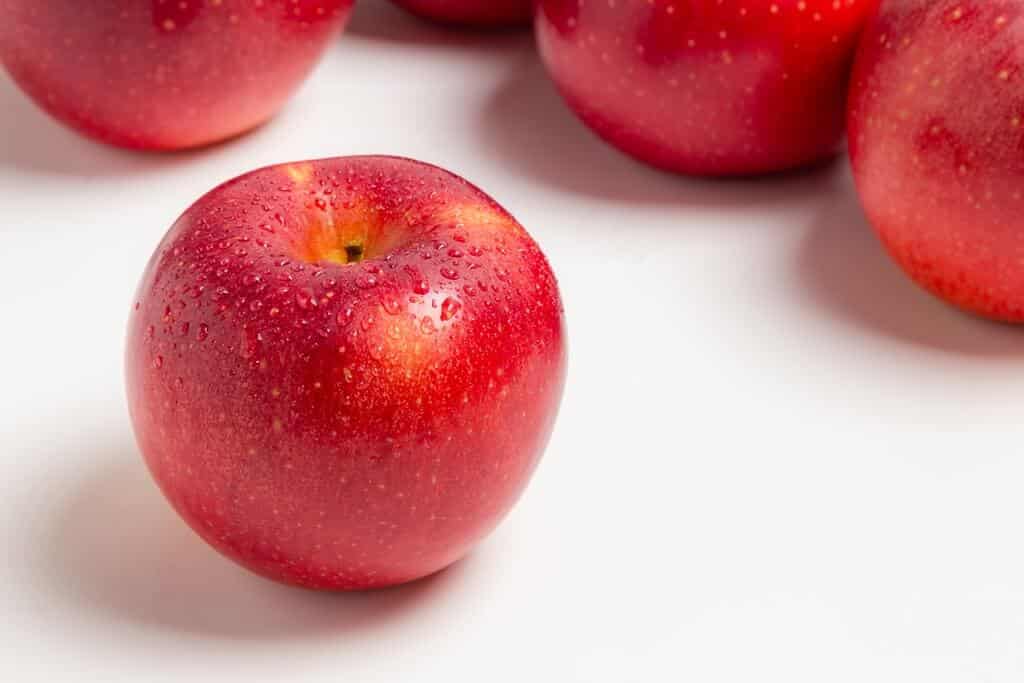
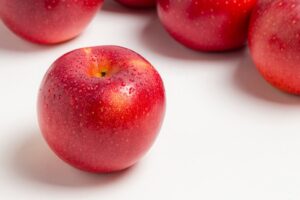
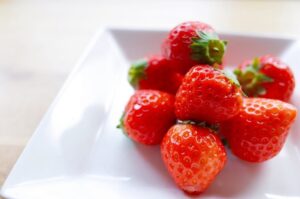
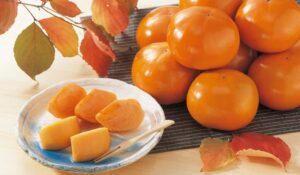
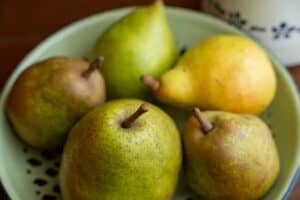
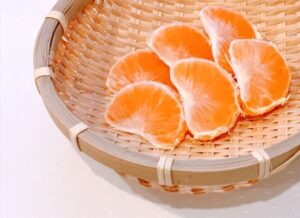
Comments
List of comments (3)
I had no idea that Japanese apples had such a rich history and unique varieties! The descriptions of their flavors and textures really made my mouth water. I can’t wait to try some of these traditional apples and experience the difference for myself!
I never knew Japanese apples had such a rich history and unique varieties! The description of the flavors and textures is making my mouth water. I can’t wait to try some for myself! Thanks for sharing this fascinating information!
I had no idea there was a traditional Japanese apple! It’s amazing how different cultures cultivate their own unique varieties of fruit. The insights about how it’s grown and its flavor were especially intriguing. I’d love the chance to try one someday—thanks for sharing such fascinating information!